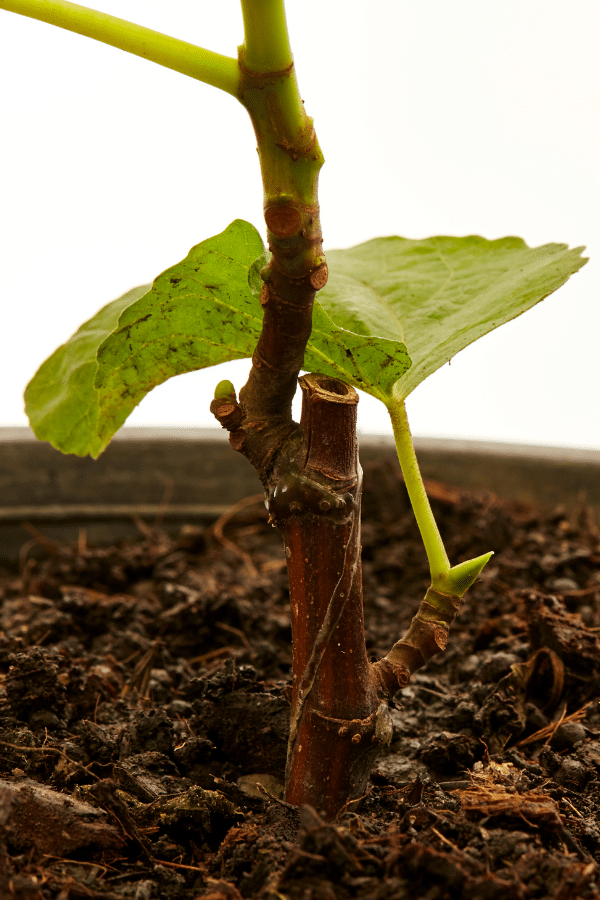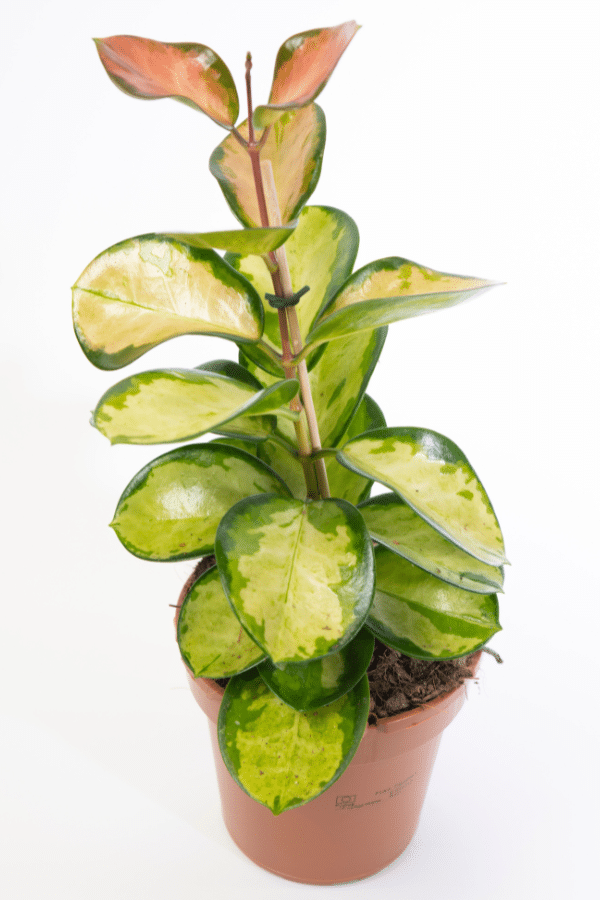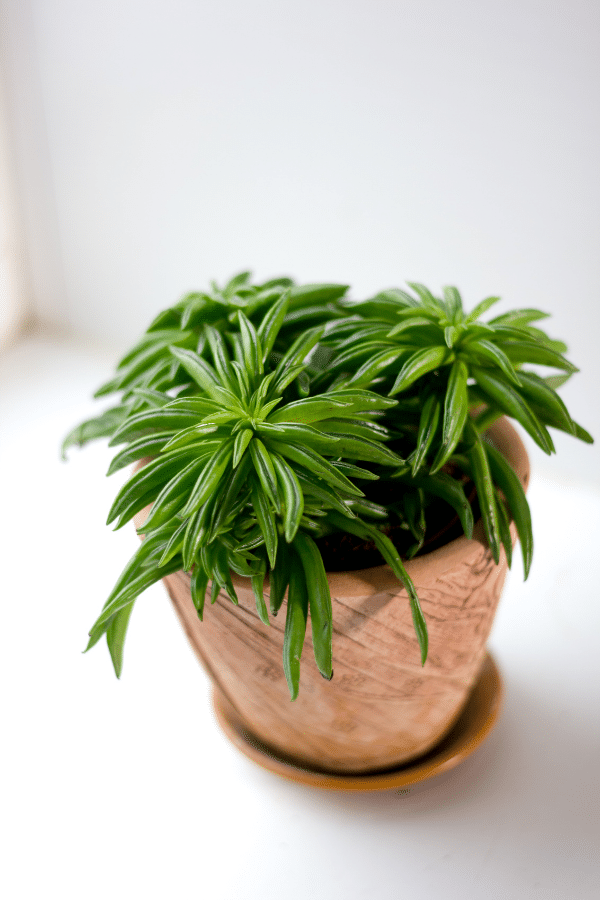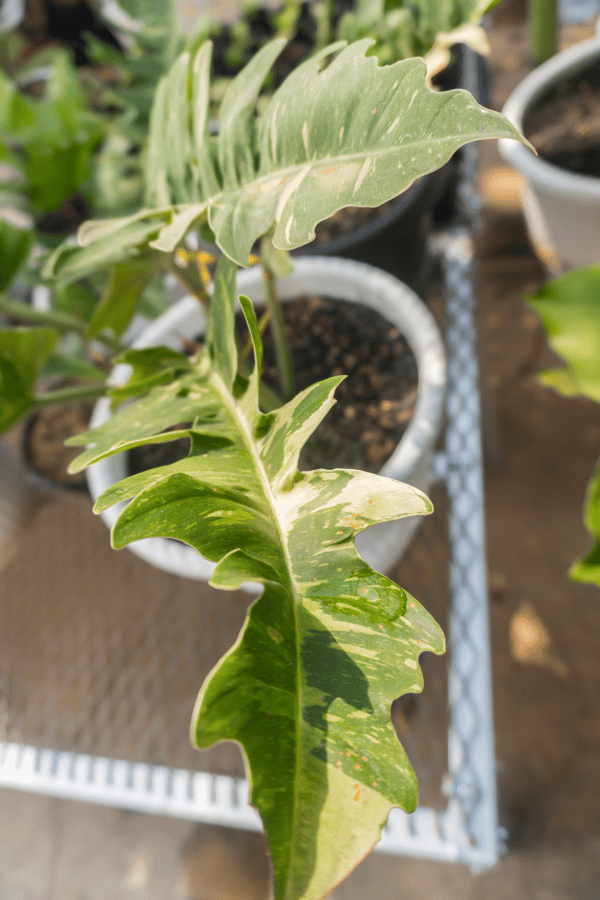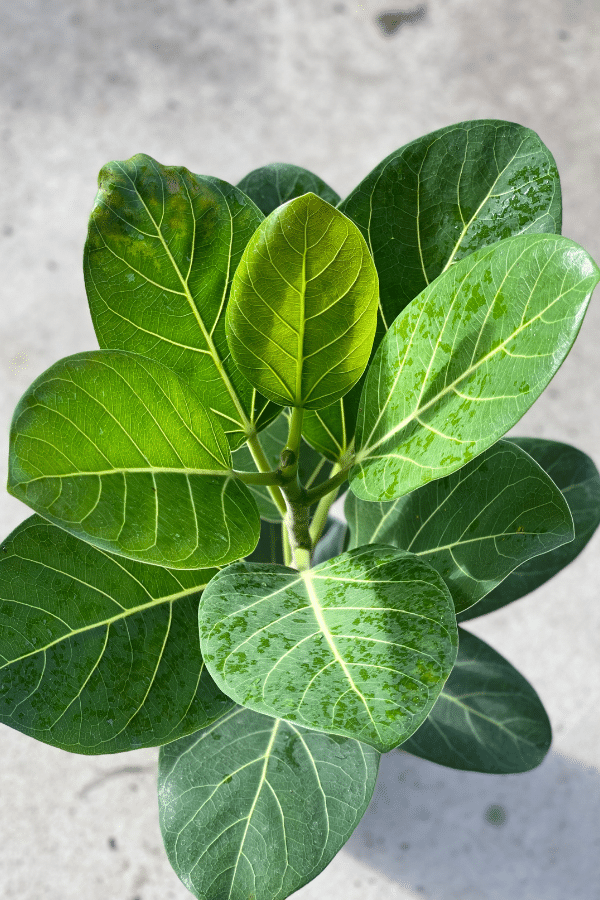NJoy Pothos Watering
If you have an NJoy Pothos, you may be wondering about NJoy Pothos watering from how to know when to water to signs of it being over or under watered.
To keep your NJoy Pothos healthy and thriving, it’s essential to understand the plant’s specific watering needs. Overwatering and underwatering are common problems that can lead to root rot and other potential issues, so striking the right balance is critical. Proper drainage is equally important; ensure your pot has drainage holes to prevent water stagnation and provide optimum hydration for the plant.
Factors such as lighting, humidity levels, pruning, and fertilization also play a significant role in the growth and care of your NJoy Pothos. Remember that while these plants are resilient and adaptable, providing them with optimal care conditions will result in lush foliage and stronger vines.
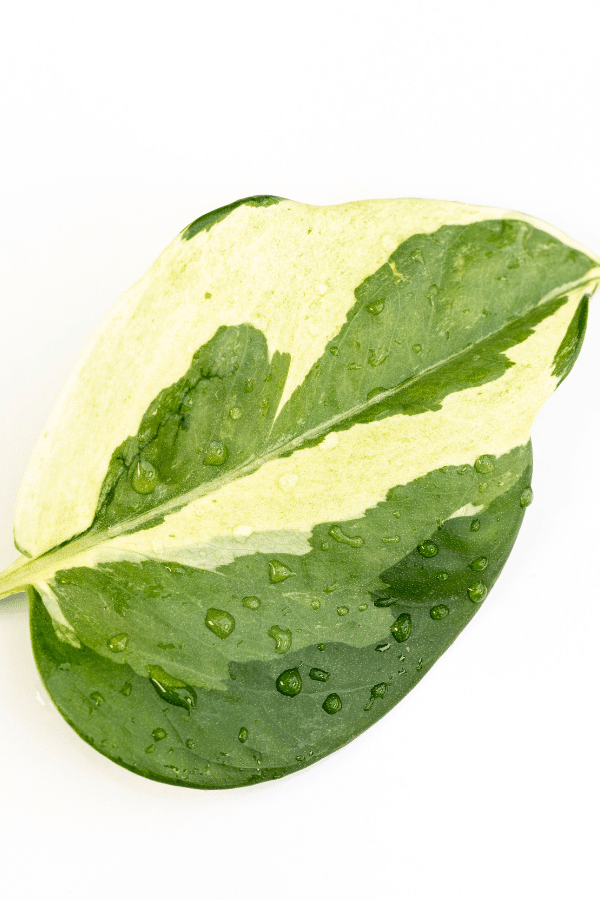
How to Decide When to Water NJoy Pothos
Watering your NJoy Pothos is an essential aspect of maintaining its health and beautiful variegation. You should water your Pothos when the soil starts to dry out.
Begin by checking the soil. You can do this by sticking your finger about an inch into the potting mix. If the soil feels dry, it’s time to water your plant. Be mindful that overwatering can lead to yellow leaves and rotting stem cuttings, so it’s better to err on the side of caution.
Light and temperature are two factors that can impact how often you’ll need to water your Pothos. Ideally, your NJoy Pothos should be placed in an area with bright indirect light. Direct sunlight can scorch the variegated leaves, while insufficient light can result in less variegation and slower growth. The plant prefers a comfortable room temperature of 65-80°F (18-27°C) which is typical for most homes. If the plant is exposed to a brighter light or warmer temperatures, the soil might dry out faster, increasing the need for more frequent watering.
Humidity levels play a role in how often you should water your NJoy Pothos. Native to Southeast Asia, this plant thrives in high humidity environments. If you live in an area with dry air, consider using a humidifier or placing your Pothos near other houseplants, as this can help increase the surrounding humidity. Higher humidity will allow your plant to retain water longer, reducing the frequency of watering.
The type of potting mix and pot used can also affect the watering needs of your NJoy Pothos. A well-draining soil mixture, such as one that includes orchid bark, helps prevent root rot by allowing excess water to drain away easily. When choosing a pot, opt for one with drainage holes. This will help maintain moist but not overly wet soil conditions, which the plant prefers.
Lastly, remember that NJoy Pothos, like many houseplants, will experience increased growth during the growing season (spring and summer). During this time, you might need to water more often to support the new growth. Conversely, during the cooler months in fall and winter, the plant’s growth may slow down, and it won’t require as much water.
By paying close attention to the soil, light, temperature, humidity levels, and potting mix, you can confidently decide when to water your NJoy Pothos, ensuring that it remains a healthy and vibrant addition to your home.
How to Water NJoy Pothos
Watering your NJoy Pothos is an essential part of maintaining its health and vitality. It’s important to find a balance between keeping the soil moist but not overly wet, as overwatering can cause issues for the plant. To achieve the perfect watering routine, follow these steps:
Start by choosing well-draining potting soil that contains a mix of peat moss, perlite, or other drainage-enhancing materials. This will help prevent your plant’s roots from sitting in stagnant water, which can lead to root rot and other issues. Place your NJoy Pothos in a pot with drainage holes to encourage proper water flow.
When it comes time to water your plant, ensure the soil is slightly moist, not waterlogged or bone dry. It is helpful to use room temperature water, as cold water can shock the plant’s roots. Pour the water slowly into the pot, ensuring it reaches the entire root system. Continue adding water until it begins to flow out of the drainage holes.
It’s crucial to pay attention to the humidity levels in your home, as the NJoy Pothos enjoys a higher humidity environment. Humidity can be increased by placing a tray filled with water and pebbles beneath the plant’s pot, misting your plant regularly, or using a humidifier in the room where your plant is located.
Your NJoy Pothos does not require constant watering, making it a low maintenance houseplant. You will need to water more in the summer months and can water less in the winter months when the plant isn’t producing much new growth.
Feeding your NJoy Pothos with a balanced houseplant fertilizer every 4-6 weeks during its active growth period (spring and summer) will help to keep it thriving. Avoid or reduce fertilizing during the winter months, as the plant’s growth naturally slows down during this time.
Signs of Underwatering & How to Fix It
Underwatering is a common issue that can affect the health of your NJoy Pothos plant. Recognizing the signs of underwatering can help you intervene promptly and restore your plant’s wellbeing.
Dry Soil
One of the first signs of underwatering is consistently dry soil. When you touch the soil, it should feel slightly damp, but not soaked. If it feels dry, it’s time to water your plant.
Brown Leaves
Underwatered NJoy Pothos plants may exhibit brown leaves. The brown areas are typically around the edges of the leaves and can become crispy. If you notice this issue, reevaluate your watering routine and increase the frequency of watering.
Yellow Leaves
Similar to overwatering, underwatering can also lead to yellow leaves. However, with underwatering, the yellowing is usually accompanied by wilted or curled leaves, whereas overwatered leaves tend to be mushy and soft.
How to Fix It
To fix underwatering, follow these steps.
Check the Soil Moisture: Feel the soil with your fingers to determine if it’s too dry. If the soil is pulling from the side of the pot, it is way too dry and the soil has become hydrophobic. Remove soil around the roots and repot with fresh soil. Water when the top inch of soil feels dry.
Adjust Your Watering Schedule: Increase the frequency of your watering, slowly ramping up until your plant begins to show signs of improvement. Be careful not to overwater; stick to a schedule that allows the soil to remain slightly moist, but not soggy.
Monitor and Adjust: Keep a close eye on your plant, checking the soil and examining the leaves for any further signs of stress. Adjust your watering schedule accordingly, making sure to strike a balance between under and overwatering.
Signs of Overwatering & How to Fix It
Overwatering your NJoy Pothos can lead to several common problems that affect the overall health and appearance of your plant. It is essential to recognize the signs of overwatering and take the necessary steps to fix it.
Yellow Leaves
One noticeable sign of overwatering is yellowing leaves. You might see that the older leaves towards the bottom of the plant gradually turn yellow and their variegation would become muted. This is because the excess water causes the roots to become too moist, which prevents them from absorbing the required nutrients. To address this, reduce the frequency of your watering and let the soil dry slightly between waterings.
Brown Leaves
Another sign is brown leaves, particularly around the edges. When your NJoy Pothos is consistently overwatered, its roots can become suffocated and may start to rot. Consequently, this damages the roots and hinders their ability to transport water and nutrients to the leaves, causing the leaves to develop brown patches. You can fix this by carefully removing any affected roots and repotting your Pothos in fresh, well-draining soil.
How to Fix It
Fixing overwatering symptoms is crucial to do right away so it does not suffer irreversible damage.
Check the moisture level of the soil: Before watering, insert your finger about an inch deep into the soil. If it feels moist, wait a couple of days and check again.
Water when the top layer of soil is dry: Ensure the top 1-2 inches of soil have dried out before you water your Pothos again.
Drainage is key: Use a well-draining potting mix and a pot with drainage holes to prevent excess water from sitting in the soil.

